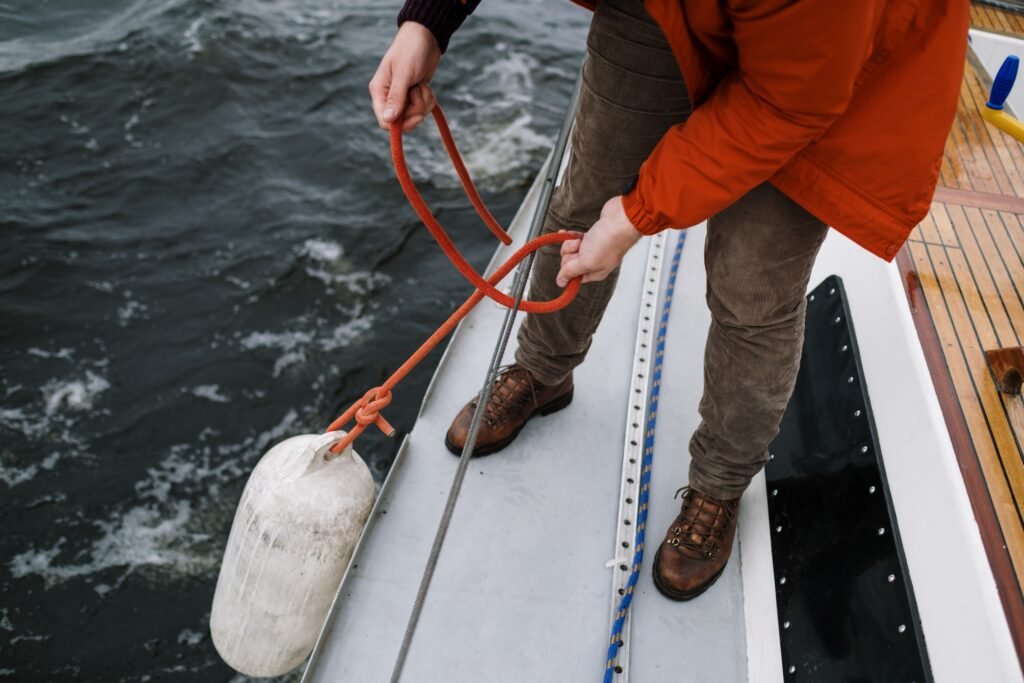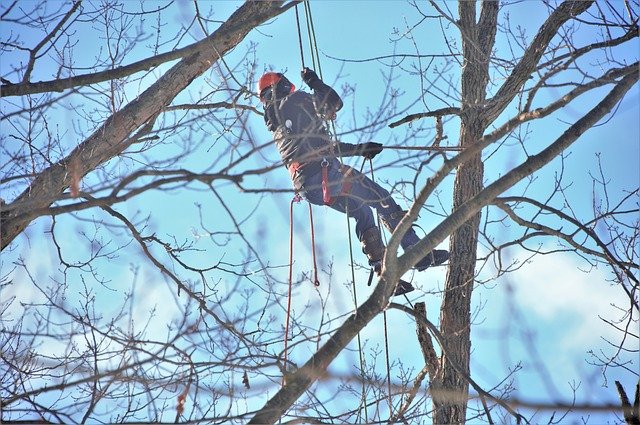Water rescue operations demand specialized equipment that can withstand challenging conditions while ensuring the safety of both rescuers and those in need of assistance. One essential component of such equipment is the water rescue rope. These ropes are designed to be durable, buoyant, and resistant to water-related challenges. But which fiber is commonly used in water rescue rope?

Ropes are made of textile fibers. And we have already covered safety ropes in another article. Mostly synthetic fibers are used for making ropes. Among the various fibers available, one fiber stands out as a common choice for manufacturing water rescue ropes – polypropylene. Although, nylon is the most common fiber forming safety ropes but for water applications, requirements are different.
Which Fiber is Commonly Used in Water Rescue Rope?
Polypropylene Fiber in Water Rescue Ropes
Polypropylene (PP) is a synthetic thermoplastic polymer that has gained popularity for its versatile applications in various industries, including water rescue. It offers several qualities that make it an ideal choice for water rescue ropes
1. Buoyancy
One of the key advantages of polypropylene is its natural buoyancy. This property makes it well-suited for water rescue operations, where the rope needs to stay afloat and visible on the water’s surface, even under challenging conditions.
2. Water Resistance
Polypropylene is highly resistant to water and moisture. This resistance helps prevent the rope from absorbing water, which could lead to added weight and reduced performance. In water rescue scenarios, a rope’s ability to remain functional despite contact with water is of utmost importance.
3. Strength-to-Weight Ratio
Polypropylene fibers have a relatively high strength-to-weight ratio, making the ropes lightweight yet strong. This feature is crucial for rescuers who might need to carry and manipulate the rope in various water rescue scenarios.
4. Abrasion Resistance
Polypropylene ropes exhibit good resistance to abrasion, which is crucial for maintaining the integrity of the rope during rescue operations. Rescues often involve contact with rough surfaces or debris, and a rope’s ability to withstand such conditions is vital.
5. UV Resistance
UV radiation from the sun can degrade the strength of ropes over time. Polypropylene has inherent UV resistance, allowing the rope to remain durable and functional even after prolonged exposure to sunlight.
6. Cost-Effectiveness
Polypropylene is relatively affordable compared to some other high-performance synthetic fibers. This makes it a practical choice for organizations that require multiple ropes for water rescue training and operations.
Considerations and Limitations
While polypropylene has many advantages, it’s important to consider some limitations
1. Low Melting Point
Polypropylene has a relatively low melting point compared to other synthetic fibers. This property can become a concern when the rope is subjected to high levels of friction, such as during rapid descents or heavy loads.
2. Limited Heat Resistance
Polypropylene can degrade under prolonged exposure to high temperatures. It’s important to store the rope in a cool, dry place and avoid situations where it might be exposed to excessive heat.
3. Stretch and Elasticity
Polypropylene ropes have a certain degree of stretch and elasticity, which might not be desirable in all water rescue scenarios. For applications where minimal stretch is required, other synthetic fibers like polyester or nylon might be more suitable.
Conclusion
In water rescue operations, the choice of fiber for rescue ropes plays a pivotal role in ensuring the safety and success of operations. Polypropylene’s buoyancy, water resistance, strength-to-weight ratio, abrasion resistance, UV resistance, and cost-effectiveness make it a commonly used fiber in water rescue ropes. While it offers numerous benefits, rescuers should also be aware of its limitations, such as its low melting point and elasticity. Understanding these characteristics can help organizations make informed decisions when selecting the right fiber for their water rescue ropes, ultimately contributing to more effective and safer water rescue missions.
